Sleep terrors are moments of intense fear and screaming while you’re still sleeping. Sleep terrors, also known as night terrors, are frequently accompanied by sleepwalking. Similar to sleepwalking, sleep terrors are considered parasomnias, an undesirable occurrence while sleeping. Sleep terror episodes normally last from seconds to minutes, though they may last longer.
Approximately 40% of children experience sleep terrors, compared with an even smaller percentage of adults. While sleep terrors can be frightening, they’re usually nothing to worry about. Sleep terrors typically disappear by the time a child reaches their teen years.
It may be necessary to treat a sleep terror disorder if it causes difficulty getting enough sleep or it poses a safety risk.
The sleep cycle consists of two kinds of movements: rapid eye movement (REM) and non-rapid eye movement (non-REM). Usually, within 90 minutes of falling asleep, children experience night terrors during non-REM sleep.
Sleep terrors, or night terrors, affect up to 6 out of 100 children. Those affected can be boys or girls and of any race. Families are more likely to experience night terrors.
Read: Central Sleep Apnea
Night terrors vs. nightmares
Common nightmares occur during REM sleep, whereas night terrors occur during waking hours. Night terrors might make it difficult for you to wake your child. After the episode, your child will probably not remember what happened.
Night terror symptoms
The morning after a child experiences sleep terrors, he or she usually does not remember anything about them. Many adults remember a dream fragment from their sleep terrors.
It is not uncommon for sleep terrors to occur during naps, but generally in the first third of the night. These can lead to sleepwalking.
Children who experience night terrors may also exhibit the following symptoms:
- Fast heart rate
- Fast breathing
- Sweating
- Dilated pupils
An episode of night terrors can cause a child to:
- Sit up in bed
- Flail around in bed
- Scream
- Seem to be awake, but look confused
- Seem to be unaware that their parents are nearby
- Not talk
- No response to comfort from their parents
Usually, episodes last less than a minute. However, the child may need as long as 30 minutes to relax and return to sleep.
Read: Psychophysiological Insomnia
Night terror causes and triggers
Parasomnias are undesirable behaviors or experiences that occur while sleeping. Sleep terror is an arousal disorder, which means it occurs during the third stage of the non-rapid eye movement (NREM) sleep cycle. It is also possible to experience sleepwalking in addition to sleep terrors.
Sleep terrors are caused by a variety of factors, including:
An underlying condition that interferes with sleep can sometimes trigger night terrors, such as:
- Sleep-disordered breathing. An abnormal breathing pattern is the common symptom of obstructive sleep apnea, a group of disorders
- Restless legs syndrome
- Some medications
- Mood disorders, such as depression and anxiety
- In adults, alcohol use
Risk factors
Families with a history of sleep terrors or sleepwalking are more likely to experience sleep terrors. Girls tend to experience sleep terrors more frequently than boys.
Read: Chronic Insomnia Disorder
Complications
Sleep terrors may result in the following complications:
- Excessive daytime sleepiness may be problematic at school, work, or in everyday life
- Disturbed sleep
- Relationship problems or night terrors causing embarrassment
- Self-inflicted injury or injury to someone close to you
Night terror diagnosis
An examination by a doctor is usually enough to diagnose night terrors in children.
If they suspect that they are suffering from other conditions, they might conduct the following tests:
- An EEG measures brain activity; it can be used to detect seizures
- A study polysomnography is used to check for breathing problems during sleep
Night terror treatment
Night terrors are not treatable, but they usually cease as a child grows older.
It is rare that your child’s doctor will prescribe low-dose benzodiazepines (such as imipramine) or tricyclic antidepressants (such as clonazepam) if the episodes interfere with their day-to-day activities.
Read: Dyssomnia
Home remedies for night terrors
Here are a few things parents can try:
- If your child suffers from an episode, you should make their room safe
- Discard any electronic screens or noises that could disturb their sleep
- Make sure your child is not stressed out
- Encourage your child to get enough sleep. If your child is too tired, tell them to go to bed
- Develop a bedtime routine that your child enjoys and stick to it
- Establish a routine for waking up every morning
Make sure your child does not wake up during an episode. If this happens, they might become more confused, and it might take longer for them to sleep again. Keep an eye on them and make sure they don’t hurt themselves thrashing around or tripping over something while they’re in their room.
Night terror prevention
You can try several things to help your child if they have frequent sleep terrors. A good example is to interrupt their sleep.
- First, note how much time has passed since bedtime when the night terrors began
- Your child should be awake and out of bed 15 minutes before they should have a night terror. Make sure they go to the bathroom first
- Repeat this once a week until the terror stops
Most episodes of night terror last for a few weeks. The majority of children grow out of them by the time they reach their teens.
Read: How Pandemic COVID-19 Affects Our Dreams
When you should call your doctor
It’s not dangerous for your child to have night terrors, but they can disrupt their sleep. More than half of children suffer from sleep disorders severe enough to require medical attention.
You may find that speaking with your child’s doctor eases your anxiety. Whenever your child experiences a night terror, let them know how frequent or long it lasts. A medical professional may be able to rule out other causes of night terrors.
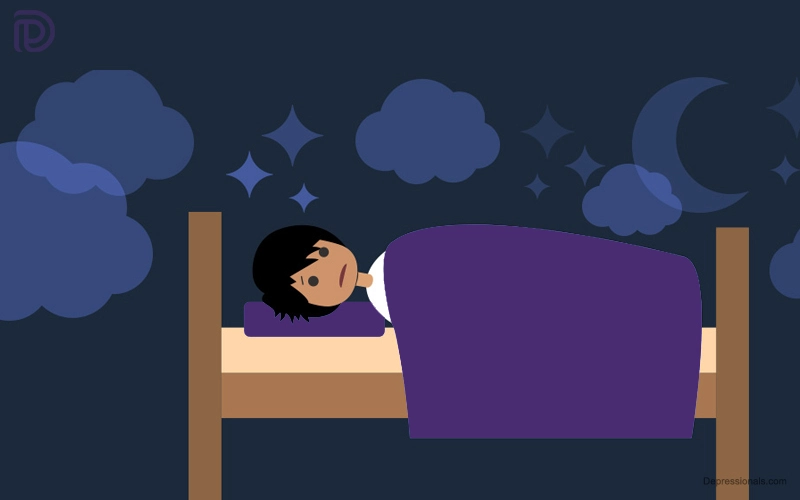
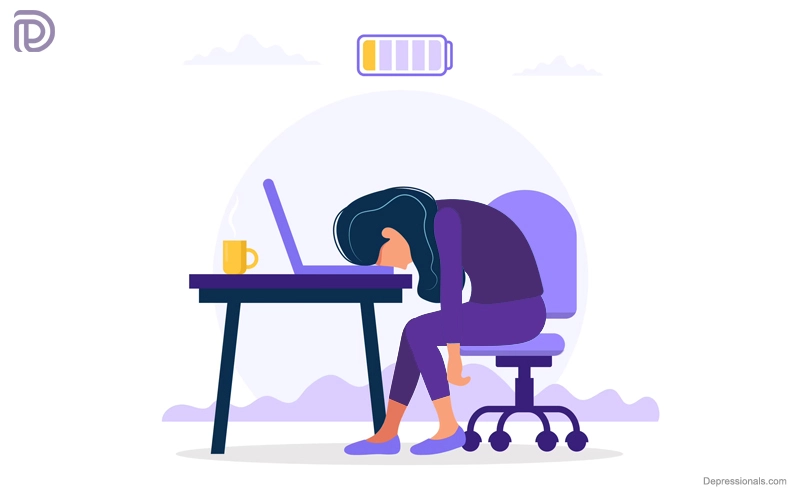
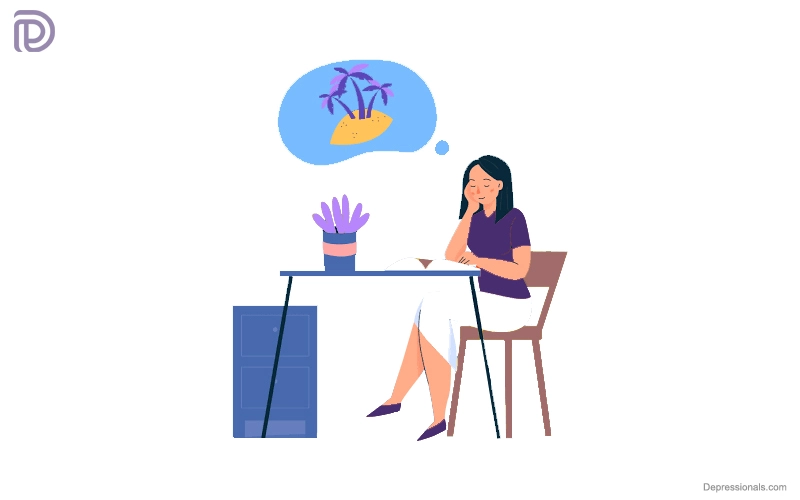
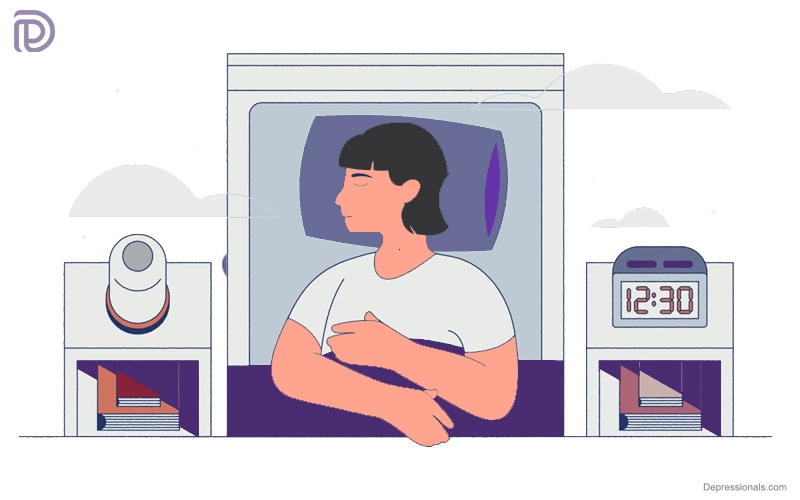
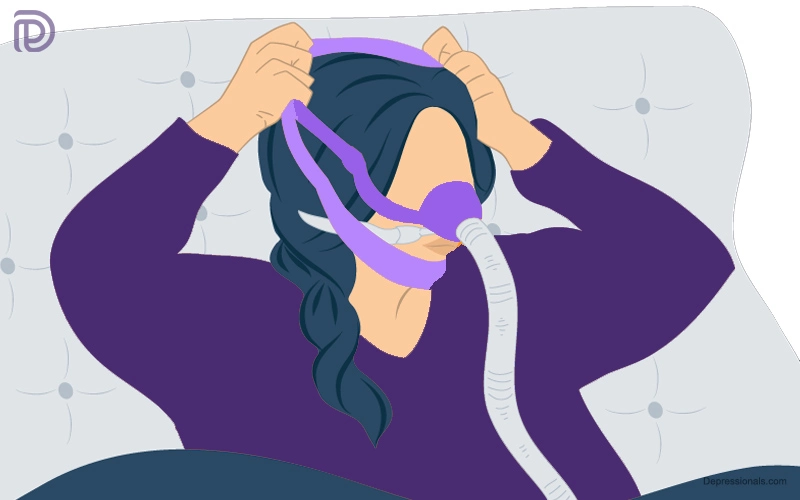

Valuable information. Lucky me I found your website by accident, and I am shocked why this accident didn’t happened earlier! I bookmarked it.
Please let me know if you’re looking for a article writer for your weblog. You have some really good articles and I feel I would be a good asset. If you ever want to take some of the load off, I’d love to write some articles for your blog in exchange for a link back to mine. Please blast me an e-mail if interested. Kudos!
An impressive share, It’s highly helpful for me. Big thumb up for this weblog submit!
Thanks for your beneficial post.
Oh my goodness! an amazing article dude. Thanks Nevertheless I am experiencing issue with ur rss . Don抰 know why Unable to subscribe to it. Is there anyone getting identical rss downside? Anybody who is aware of kindly respond. Thnkx
Hey! Would you mind if I share your blog with my myspace group? There’s a lot of people that I think would really appreciate your content. Please let me know. Thanks
One other issue is that if you are in a scenario where you do not possess a cosigner then you may really need to try to exhaust all of your school funding options. You could find many grants and other free college funding that will give you finances to help you with college expenses. Thanks for the post.
Thanks for the points shared in your blog. One more thing I would like to say is that fat loss is not information about going on a celebrity diet and trying to lose as much weight as you’re able in a few days. The most effective way to lose weight is by having it gradually and obeying some basic recommendations which can enable you to make the most through your attempt to shed pounds. You may realize and be following most of these tips, nonetheless reinforcing expertise never hurts.
I’ve come across that currently, more and more people are attracted to cams and the industry of images. However, like a photographer, you need to first expend so much time period deciding which model of photographic camera to buy in addition to moving out of store to store just so you may buy the lowest priced camera of the trademark you have decided to decide on. But it would not end just there. You also have to consider whether you can purchase a digital digicam extended warranty. Many thanks for the good guidelines I gained from your website.
I’m for the first time here. I found this board and I in finding It truly helpful & it helped me out a lot. I hope to present something back and help others such as you helped me.
There may be noticeably a bundle to learn about this. I assume you made certain nice points in options also.
A person essentially help to make seriously posts I would state. This is the first time I frequented your web page and thus far? I surprised with the research you made to create this particular publish incredible. Wonderful job!
I dont even know how I ended up here, but I thought this post was good. I don’t know who you are but certainly you are going to a famous blogger if you are not already 😉 Cheers!
Yes i am totally agreed with this article and i just want say that this article is very nice and very informative article.I will make sure to be reading your blog more. You made a good point but I can’t help but wonder, what about the other side? !!!!!!THANKS!!!!!!
As a Newbie, I am constantly browsing online for articles that can help me. Thank you
Thank you for any other informative website. Where else may just I am getting that kind of info written in such a perfect manner? I have a project that I’m just now running on, and I have been on the glance out for such information.